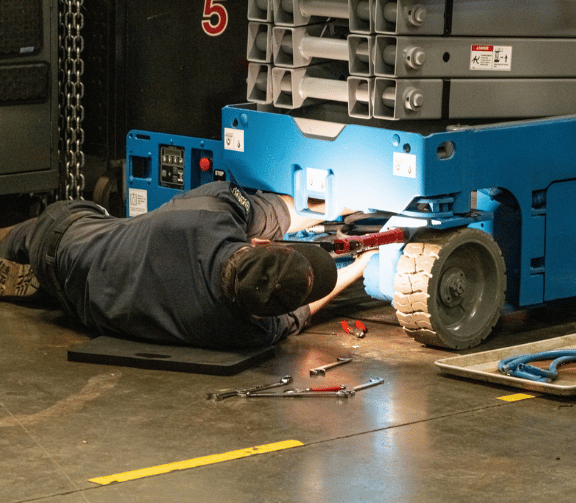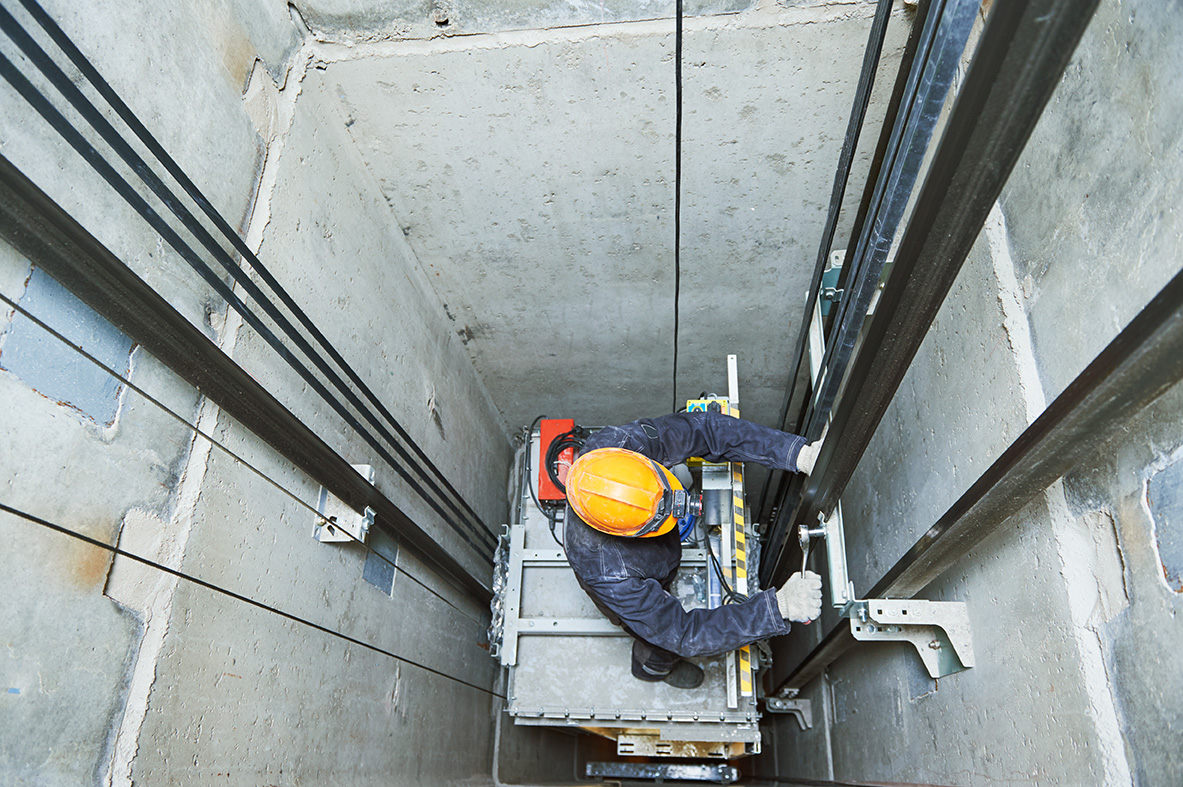System Lift Capacities Explained: Why They Matter for Lift Servicing
System Lift Capacities Explained: Why They Matter for Lift Servicing
Blog Article
A Thorough Strategy to Enhancing Efficiency With Strategic Lift Repair Strategies
A organized and calculated technique to raise repair service and upkeep is vital to make the most of performance and reduce downtime. By addressing usual lift concerns, implementing proactive maintenance procedures, and creating targeted repair service strategies, centers can optimize their lift systems to operate at peak performance degrees.
Importance of Lift Performance Optimization
Recognizing the value of maximizing lift efficiency is important for ensuring dependable and effective upright transport systems in different structures and frameworks. Lifts are necessary elements of modern-day facilities, providing upright wheelchair for occupants and items within buildings of differing heights. By maximizing lift performance, structure owners and center managers can boost customer experience, enhance power effectiveness, and increase overall functional effectiveness.
Efficient lift performance optimization entails different factors, including speed, ability, energy intake, safety, and maintenance needs. Correctly enhanced lifts can minimize wait times for users, especially in high-traffic buildings, leading to boosted contentment and performance. Additionally, maximized lifts add to power savings by using advanced control systems and modern technologies that decrease power consumption without compromising performance.

Identifying Common Lift Issues
Identifying usual lift concerns is crucial for preserving the functional efficiency and security of upright transportation systems in structures. Acknowledging these issues can assist protect against malfunctions, minimize downtime, and extend the lifespan of the lift devices. One common trouble that structure supervisors and upkeep teams often experience is uneven or jerky motions during operation. This problem can be a measure of troubles with the lift's electric motor, control system, or even the alignment of the lift automobile.
One more common lift problem is strange sounds emanating from the lift shaft or equipment room. These sounds can range from grinding or scuffing audios to loud clunking noises, every one of which may signify underlying mechanical problems that call for instant focus. Furthermore, regular door breakdowns, such as doors closed or closing effectively, can interrupt the smooth circulation of passengers and present safety threats.
Executing Aggressive Maintenance Procedures
To maximize the performance and durability of lift systems, positive maintenance measures play a vital duty in making certain functional integrity and safety and security. platform lift dimensions. Executing proactive upkeep includes methodically examining, maintenance, and repairing parts prior to they stop working, therefore avoiding pricey downtime and potential security risks. Frequently arranged examinations can help determine small concerns prior to they intensify into significant issues, eventually prolonging the lifespan of lift systems
One key element of positive maintenance is developing a detailed maintenance timetable based on maker recommendations and industry best methods. This schedule needs to detail jobs such as lubrication, alignment checks, and component replacements at specified periods. Additionally, applying problem monitoring methods, such as vibration evaluation and thermal imaging, can aid discover very early signs of wear or malfunction.
In addition, training maintenance personnel on correct inspection methods and preventive upkeep procedures is important for the successful application of aggressive maintenance measures. By fostering a culture of proactive maintenance within an organization, lift systems can operate at peak performance levels, minimizing disruptions and ensuring the safety and security of users.
Creating Targeted Repair Service Plans
Upon you can try this out assessing the maintenance documents and performance information, the design team can develop targeted repair service plans to maximize and deal with particular concerns lift system performance. These repair service plans are tailored to the identified issues, ensuring that resources are focused on fixing essential concerns successfully. By focusing on fixings based on their effect on performance and security, the targeted repair work strategies assist decrease downtime and maintenance expenses while taking full advantage of the lift system's dependability.
Establishing these plans entails an extensive evaluation of the lift system components, consisting of motors, cable televisions, brakes, and control systems. Through this in-depth analysis, the design group can figure out the source of any type of breakdowns or destruction in performance. This information is after that used to develop a roadmap for the repair work process, laying out the required actions, timeline, and resources needed to address each concern properly.
In addition, targeted repair service strategies might include preventative procedures to improve the lift system's longevity and efficiency. By proactively addressing prospective issues before they intensify, these plans add to the general efficiency and safety and security of Your Domain Name the lift system.
Making Use Of Data-Driven Insights
Utilizing the power of data-driven understandings is crucial in optimizing lift system performance and upkeep efficiency. By leveraging information analytics, lift operators can make enlightened decisions that lead to improved functional performance and cost financial savings. Through the evaluation of historical efficiency data, patterns and patterns can be recognized, allowing anticipating maintenance strategies to be applied. These anticipating upkeep strategies aid stop unanticipated breakdowns, minimize downtime, and expand the life expectancy of lift systems.

Conclusion
In final thought, maximizing lift efficiency is crucial for making certain effectiveness and safety in structures. By identifying common lift issues, implementing positive upkeep measures, developing targeted repair work plans, and using data-driven understandings, organizations can improve performance and reduce downtime. It is very important to take a thorough technique to raise repair work techniques to take full advantage of operational effectiveness and guarantee the longevity of lift systems.
By addressing usual lift issues, implementing aggressive maintenance look at more info actions, and developing targeted repair work strategies, centers can enhance their lift systems to run at peak efficiency levels.An additional widespread lift issue is unusual sounds emanating from the lift shaft or machinery space.Upon evaluating the maintenance documents and performance data, the design team can develop targeted repair work plans to attend to certain issues and maximize lift system functionality. By prioritizing repair services based on their effect on efficiency and safety and security, the targeted repair strategies aid minimize downtime and maintenance costs while maximizing the lift system's integrity.
It is important to take a thorough technique to raise repair service approaches to maximize functional effectiveness and make certain the durability of lift systems.
Report this page